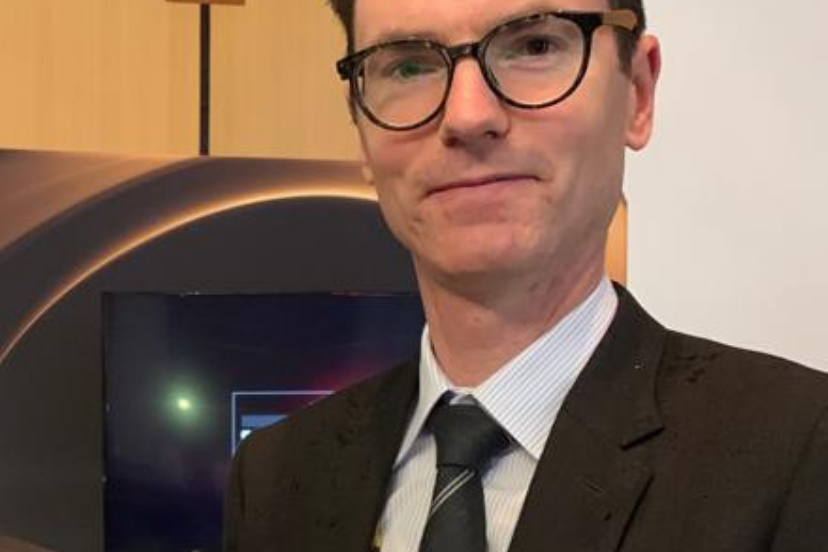Agriculture
21 January, 2025
Sands of time can lift population
Mining benefits younger generation wanting to stay in area, writes James Soharan REGIONAL communities need to make the most of all our resources – our people, farming and mining. We are blessed to have close-knit communities and a strong farming...

Mining benefits younger generation wantingto stay in area, writes James Soharan
REGIONAL communities need to make the most of all our resources – our people, farming and mining.
We are blessed to have close-knit communities and a strong farming heritage.
Much of north western Victoria is also fortunate to sit on an ancient seabed rich in mineral sands and rare earths. In fact, the Murray Basin has the world’s largest known deposits of mineral sands but unlike our neighbouring states New South Wales and South Australia, Victoria has not had a mineral sands mine in operation for years.
This looks set to change and it will be overwhelmingly positive for rural communities, including Loddon Shire.
This year will be a big year for new mineral sands and rare earths mines planned near Kerang, Donald and Horsham to the benefit of rural Victorian communities.
The recent environmental assessments by the Department of Planning for two of the proposed mines are a significant milestone and an important sign that along with agriculture and tourism, mining is a valuable and growing industry in regional Victoria.
Mining is already supporting regions with a local mine such as Bendigo, Stawell, Ballarat and Heathcote.
These gold mining towns benefit from highly paid local employees, support for local small businesses and support for community.
It’s time these benefits were expanded to new areas to help tackle population decline, provide new job and apprenticeship opportunities for young people and bring much needed infrastructure and support to local communities.
Mining jobs are just the sort of jobs we need in our regional communities. Overwhelmingly full-time, these are high paying and skilled jobs with training opportunities in a global industry. These skills are transferable to agriculture, and trades locally.
Regional areas need more industries to give our young people a chance at an apprenticeship, locals who want to stay in town more job options, and newcomers the chance the settle in our regions. That’s why we need to be wary of arguments painting a ‘farming versus mining’ narrative because for the regions to thrive, Victoria needs to make the most of all our resources – both agricultural and mineral resources.
It is critical that the community has the facts on mining and be able to benefit from new developments.
Mining in Victoria holds itself to the highest standards because we are locals genuinely invested in our communities. Victorian mining employs locals and has buy local polices. The Mineral Council of Australia’s Economic Contribution Survey shows that mining employs over 1000 people in Central Victoria, spends millions every year with local businesses and supports dozens of community organisations to address health, homelessness, youth and housing issues.
Mining returns land to its original use whether farmland, native bushland, wetlands or any other landform. It’s the law and the science that goes into environmental rehabilitation is part and parcel of what mining does and its why we are a big employer of environmental scientists.
The community benefits from the jobs and training a mine brings, while land is returned to farming. The fact is that there is nothing new to mining mineral sands. Australia has been mining this resource for decades – safely, and with environmental rehabilitation.
Good examples include former mineral sands mine in Wemen and multiple examples in south west Western Australia where farming and mining and tourism have coexisted for decades.
Despite being a temporary land use, the lasting legacy mining leaves is the skills and training that comes from giving country people a chance at working in this world class regional industry. For every mining job, six other jobs are supported across all industries.
It has been great to see many local kids from Loddon and nearby regions interested in getting a trade or in science to visit operating Victorian mines to learn about the opportunities and pathways to working in Australian mining.
The industry is also working with local TAFEs to deliver a mining pathways course to give local entry level training opportunities which will help relieve pressure on skills shortages in the region by training locals.
MCA Victoria is also advocating to state government that a bigger share of royalties generated from local mines be returned to the local community.
While mining operations may still be a couple of years away depending on final approvals and other factors, Loddon and surrounding regions can make the most of the opportunity mining will bring in coming years.
Stronger regional industries build stronger communities.
* James Soharan is executive director of Minerals Council of Australia Victoria.